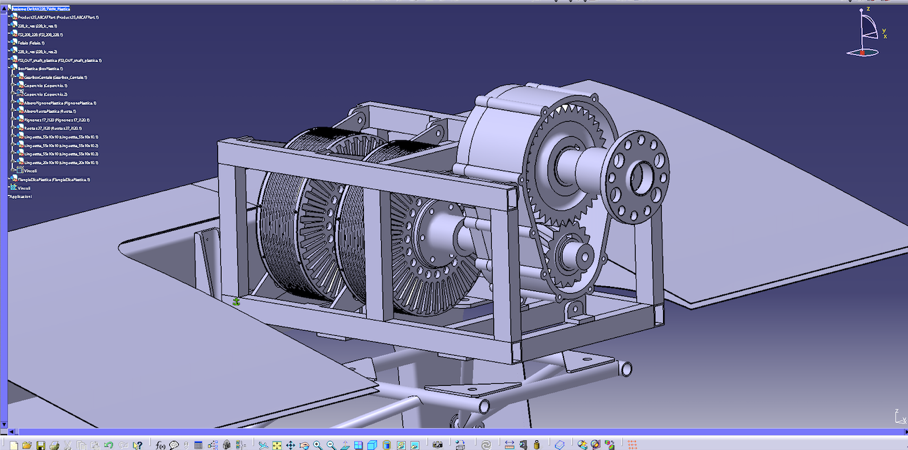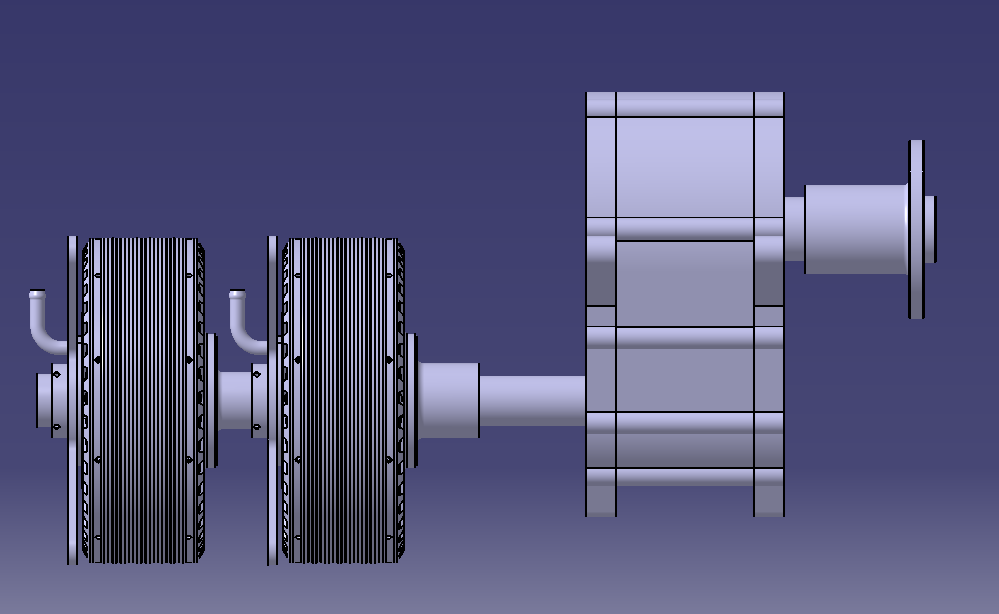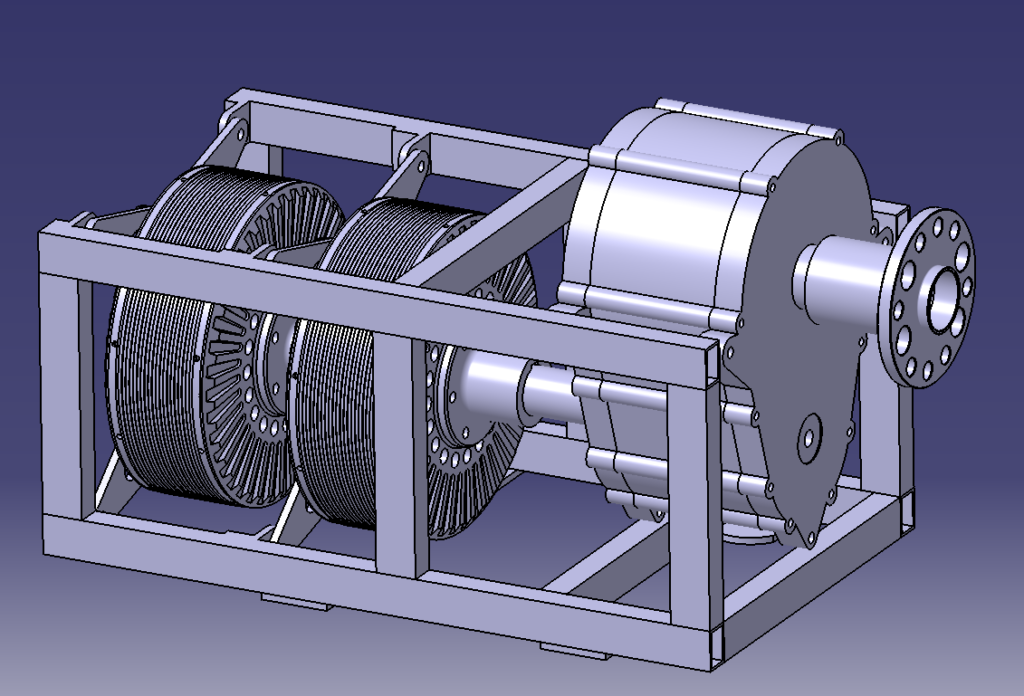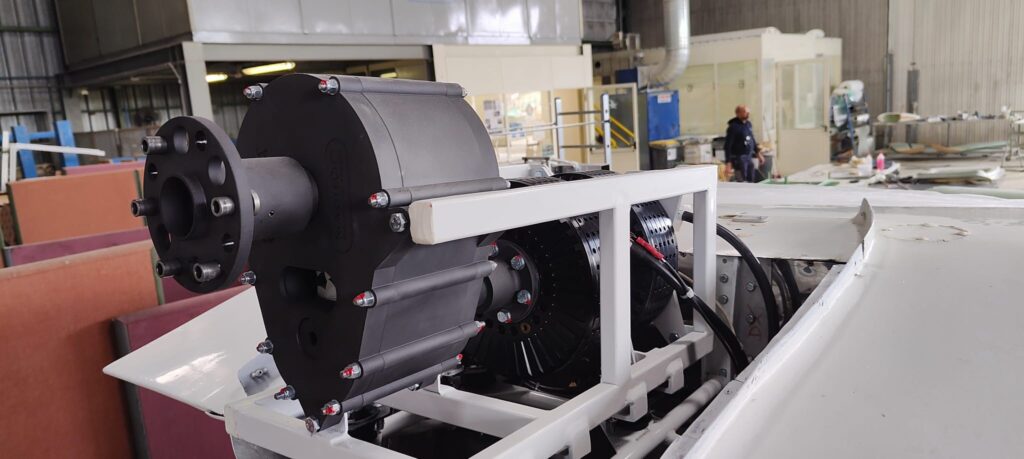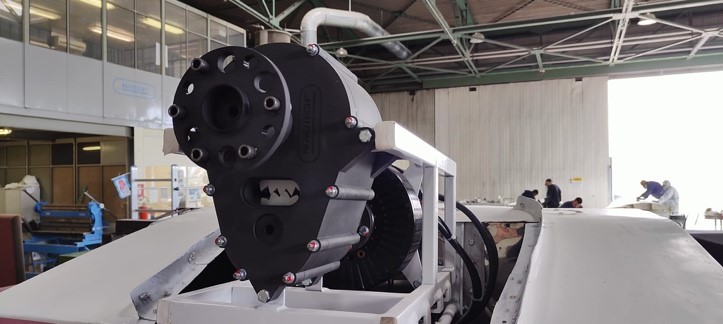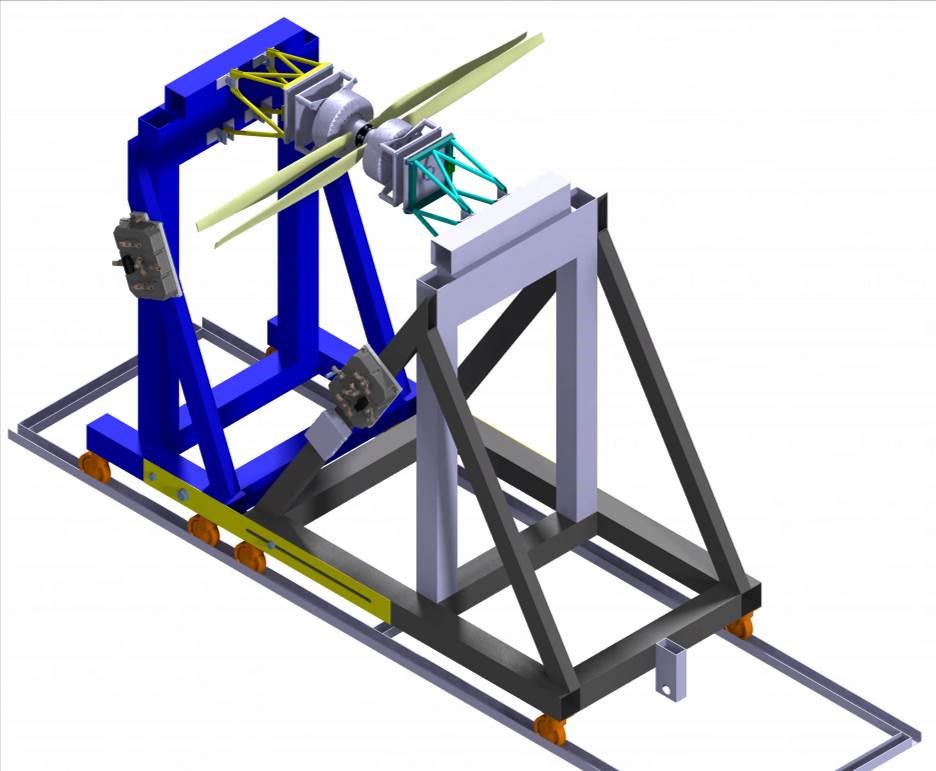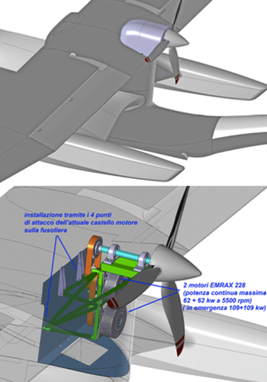Seagull Zero-e Project goal is to develop and validate new design methods and new electrical systems able to serve as a bridge for future full electric aircrafts (Zero Emission).
Italsystem, as leader of Consortium, aims to identify tech solutions capable to convert Seagull Aircraft, currently available with endothermic and hybrid-electric propulsion, into a full electric aircraft.
Main changes of aerospace filed are actually focused on the development of a more efficient flight performance that may also fit eco-sustainability and eco-compatibility.
This vision, related to flight propulsion system on aircrafts, translates into innovative configurations, drastically reducing the fossil fuel dependency.
These targets are defined into European Commission Environmental tech guidelines “Flightpath 2050 Vision for Aviation”
They includes:
- 75% CO2 reduction, 90% NOx reduction and 65% reduction of noise level;
- Zero Emissions on taxiing phase;
- Make Europe world leader on development of sustainable alternative fuels.
This project is co-financed by the European Regional Development Fund.
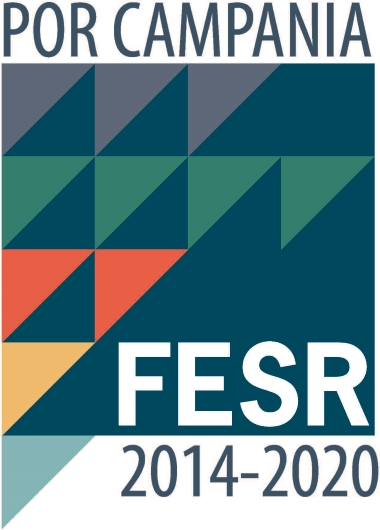 |
 |
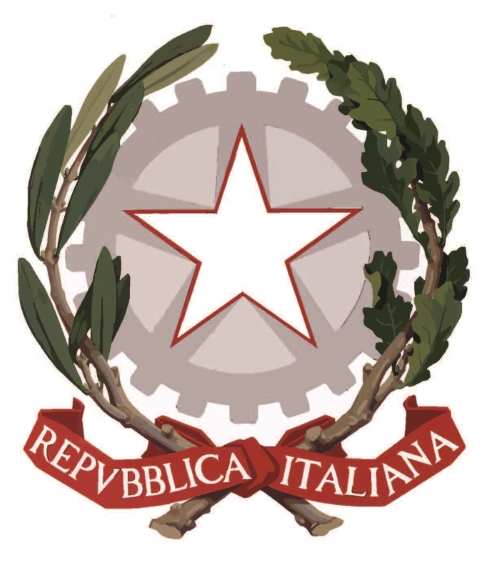 |
 |
Results obtained
A fully functional variable pitch propeller prototype was made by creating the components for two propeller hubs, test components, and a complete propeller. Due to the uniqueness of the variable pitch propeller and the precision and robustness of the blade root anchoring system in the propeller hub, the effort to be made to change the pass was made very low during operation. This made it possible to preserve the contact surfaces and to have a system with very fast. The expectations of the project were fully met, and it will be necessary in the future to industrialize the components in order to reduce production costs.
In addition, a prototype graphical user interface (HMI) for controlling the electric motors for use in the cockpit with related electronic board and interactive graphical display has been realized. Fine-tuning of the system required both hardware and software activities as well as interfacing with the electronic motor control systems. The mounted display was able to provide the necessary information to the pilot about the operation of the two engines and the propeller. This developed component has shown its inherent validity, and the technology employed makes it usable in other industries.
A counter-rotating propeller test rig was designed, built and set up, the main components of which were propellers, BLDC motors, load cells, controllers, etc. Thanks to this system, which is particularly innovative and unique in the national panorama, a series of performance verification tests showed the operation of this propulsion apparatus and highlighted some significant advantages over conventional propulsion apparatuses with a single pushing or pulling propeller.
Also of fundamental importance were the sizing analyses that made it possible to identify several possible configurations of the propulsion system and to make it suitable for the intended use. The part housing the two motors and the reduction box was created, and a number of gear wheel design solutions were investigated. In addition to the motor-propeller system, special attention was paid to the associated battery pack to evaluate energy density and charge/discharge characteristics, being the critical parameter in the development of electrically propelled aircraft. The results were positive and it provided evidence that the propulsion system meets the defined specifications.


